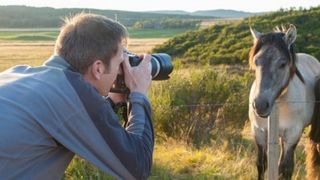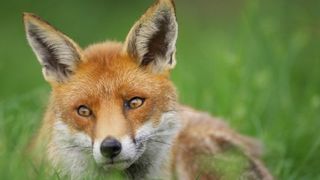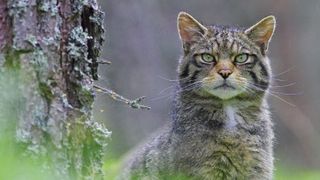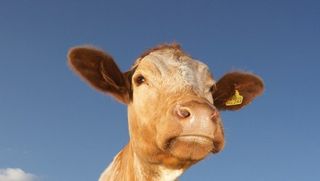Wildlife photography tips
Wild portraits

Lens choice
Choose a subject you are able to approach quite easily, such as a pet or a tame animal. With a telephoto lens, go in close and isolate the subject from the background; alternatively move closer with a wider lens to include the surroundings.

Lighting
Bright overcast light provides a soft diffused light that's ideal for animal portraits, with low contrast and minimal shadows. Low warm sunlight can also produce really attractive results when the subject is lit evenly from the front.
Rim-lighting is very effective for highlighting fur and whiskers.

Composition
Go for either a full-face portrait or a head-and-shoulders. If it's a small animal, it may be better to include the body as well. Concentrate on the eyes.
Symmetrical portraits work well, but don't be afraid to try something more unusual, such as just one side of the animal's face.
Check the background
Once you've got your shot lined up, have a good look at the background before you start shooting, to make sure it complements the subject and there aren't any distractions.

Shoot head-on
Avoid compositions where part of the body is truncated on either side of the frame, as this will look odd. Instead, compose the shot so that you're viewing the subject chest-on, as this will present a more compact profile.
Get daily insight, inspiration and deals in your inbox
Get the hottest deals available in your inbox plus news, reviews, opinion, analysis and more from the TechRadar team.
Viewpoint
The golden rule is to shoot at eye level with your subject whenever possible. This will create a more intimate feel to the picture and provide better eye contact.
If necessary, kneel or lie down so that your camera is level with the subject's eyes.

Stay cool
If an animal is relaxed in your presence, this will show in your pictures and you're more likely to capture its true character. Move slowly and approach the animal gradually so it remains calm.
- 1
- 2
Current page: Wildlife photography tips: animal portraits
Prev Page Wildlife photography tips: getting started